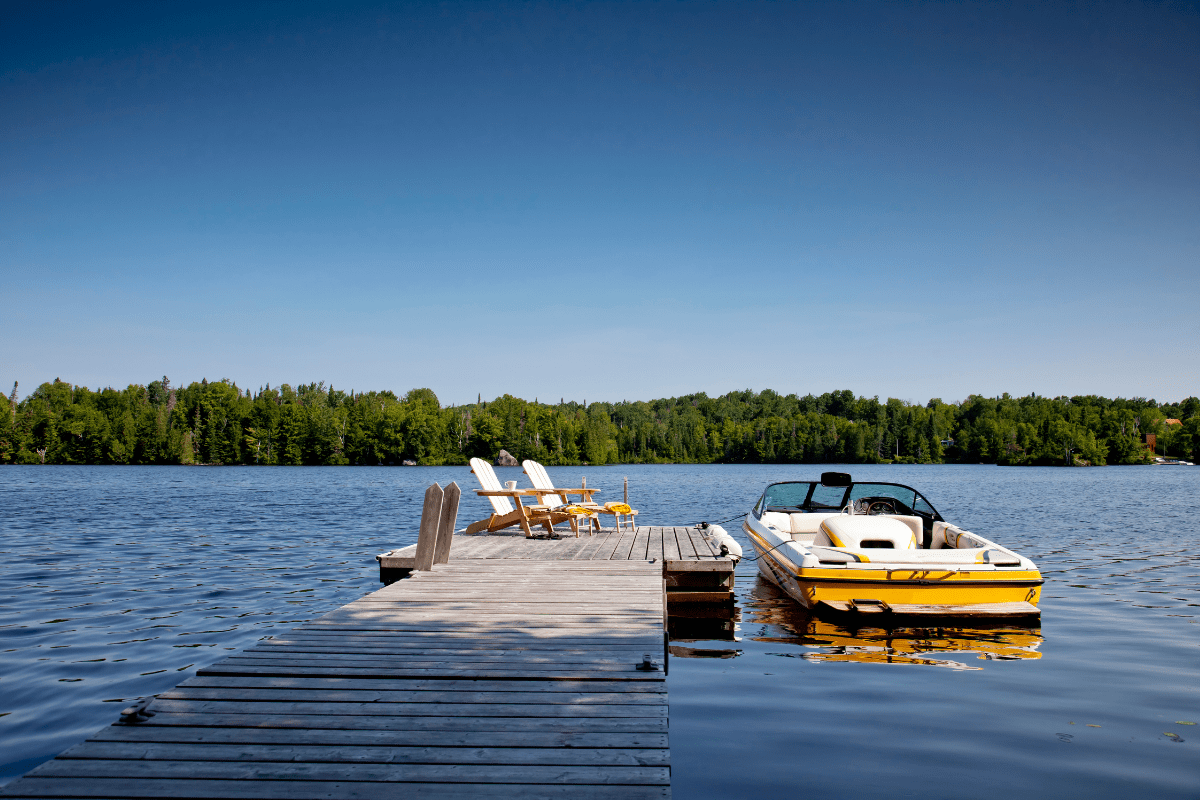Let's be honest: choosing where to raise your kids in Texas feels like picking a favorite BBQ joint – everyone has strong opinions, and you're probably going to second-guess yourself no matter what. But unlike that brisket decision (Franklin's, obviously), this choice actually matters for the next 18+ years of school drop-offs, property taxes, and finding decent pediatricians who take your insurance.
Why Texas families are winning (and it's not just the no income tax thing)
Texas has become the promised land for families fleeing $3,000 studio apartments and schools where your kid needs a lottery ticket just to get decent education. The numbers back this up – the state added 14.3 million jobs to hit a record high, unemployment sits at a comfortable 4.1%, and despite what your California friends tell you, the cost of living runs about 7% below the national average.
But here's what the statistics don't capture: Texas suburbs have mastered the art of family life. We're talking about communities where your biggest worry is whether to sign up for soccer or baseball (spoiler: you'll end up doing both), and where "keeping up with the Joneses" means competing over whose lawn has the best Halloween decorations.
The heavy hitters: North Dallas suburbs
If North Dallas suburbs were a high school, they'd be the overachieving valedictorian who also happens to be genuinely nice. Frisco leads the pack, somehow managing to be named America's safest city while growing faster than your kids out of their school uniforms.
With a population pushing 285,000, Frisco boasts crime rates that would make a monastery jealous – just 0.88 violent crimes per 1,000 residents. That's roughly 10 times safer than the national average, which explains why parents here worry more about competitive youth sports than actual safety. The median household income of $145,069 helps too, though you'll need a chunk of that for the $700,000 median home price.
McKinney plays the "best value" card brilliantly, ranking as the #2 safest and most affordable city in the entire U.S. With median home prices at $527,000 (down 3.9% year-over-year), it's like finding a designer dress at TJ Maxx – same quality, better price. The cost of living index sits at 92.7, the lowest among top Texas cities, which means your dollar stretches further than a yoga mom in lululemon.
Allen and Southlake represent opposite ends of the suburban spectrum. Allen keeps things reasonable with homes in the $500-550,000 range and crime rates matching McKinney's excellent 10.0 per 1,000 residents. Southlake, meanwhile, is where you go when your stock options vest – median home prices hit $1.65 million, but hey, Carroll ISD's 89% reading proficiency almost justifies writing those property tax checks.
Houston suburbs: Where everything really is bigger
Houston's suburbs offer what North Dallas does, just with more humidity and better Vietnamese food. The Woodlands stands out as the masterpiece of master-planned communities, spreading across 27 acres of preserved forest with 118,000 residents who've figured out that trees and suburbia don't have to be mortal enemies.
Safety that lets parents actually sleep
Sugar Land takes the safety crown with just 0.78 violent crimes per 1,000 residents – statistically speaking, you're more likely to get injured trying to parallel park at H-E-B than from actual crime. Home prices averaging $450-500,000 have appreciated 11.7% year-over-year, because apparently everyone else discovered this secret too.
The trade-off? Property taxes in Fort Bend County hit 2.48%, the highest among family-friendly Texas cities. But when your kids can bike to school without you having a panic attack, maybe that's worth it.
Pearland emerges as the budget-friendly hero, with median home prices at just $378,000 – that's 15% below the national average. It even snagged the #1 Best Place to Live in Texas from U.S. News, probably because someone finally realized that families need affordable options that don't compromise on schools or safety.
Katy rounds out the Houston options, though its 42.0 per 1,000 overall crime rate reflects more package thefts than anything scary. The real draw? Katy ISD earned recognition as the highest-rated large district in Texas, with 75% of campuses scoring A or B ratings. That's like having a whole district of honor roll students.
Austin suburbs: Tech money meets family values
Cedar Park and Round Rock offer something special – Austin employment without Austin prices. It's like having your gluten-free, locally-sourced cake and eating it too. Cedar Park's homes average $497,000 but sell in just 9.67 days, which means you better have your pre-approval letter ready before you even start looking.
The area benefits from major employers like Dell, Apple, and Tesla, though your 22-minute commute might stretch during SXSW or when there's a taco festival (so basically always). Round Rock High School boasts 67% AP participation, preparing kids for either UT Austin or that startup their friend's dad is launching.
The education game (where everyone's keeping score)
Texas schools recently got their first A-F ratings in five years, and parents studied those results harder than their kids study for the STAAR test. The winners? Pretty much exactly who you'd expect:
Top-performing districts that make parents move:
- Carroll ISD (Southlake) – Where average means Ivy League
- Frisco ISD – Top 1% in Texas
- Allen ISD – Consistently top 10
- Plano ISD – The reliable overachiever
- Katy ISD – Best large district
Frisco ISD serves 66,698 students across 75 schools with a 14:1 student-teacher ratio. That's small enough for teachers to actually know your kid's name but big enough to offer everything from Mandarin classes to competitive robotics.
Beyond test scores: Actual family life
Here's what the school rankings don't tell you: these communities have figured out that family life extends beyond the classroom. Frisco's 100,000+ square-foot athletic center makes most college facilities jealous, while Plano operates three major recreation centers across 3,830 acres of parkland.
Allen didn't want to be left out, so they built a 149,000 square-foot recreation center that includes adaptive programs for special needs kids. Because apparently, everything really is bigger in Texas, including our commitment to inclusive family programming.
Healthcare access proves equally impressive. Texas Children's Hospital holds the #1 pediatric spot in Texas for 16 consecutive years, with national rankings in multiple specialties. Most families live within 30-45 minutes of tier-one pediatric facilities, though you'll probably spend most of your time at the local urgent care anyway (because kids always get sick at 7 PM on Fridays).
The money talk (because someone has to mention it)
Let's address the elephant in the room – or rather, the property tax bill in your mailbox. Texas has no state income tax, which sounds amazing until you realize they make up for it with property taxes. Rates vary from 1.75% in Collin County to 2.48% in Fort Bend County, meaning that $500,000 home generates $8,750-12,400 in annual property taxes.
Add in insurance ($2,000-3,500) and utilities ($3,348), and you're looking at $35,000-45,000 in total annual housing costs. The middle-class income range in Dallas-Fort Worth spans $88,502-265,532, which sounds impossibly broad until you remember that "middle class" in Texas includes everyone from teachers to tech workers.
Here's the thing about affordability:
- Pearland offers the best value proposition
- McKinney balances cost with top amenities
- Frisco commands premium prices for premium services
- Southlake is for when money isn't the issue
- Round Rock provides Austin access affordably
Job markets that keep families fed
Texas added 37,000 jobs in just one month, continuing a streak that makes other states jealous. The unemployment rate in key metros drops as low as 2.8%, meaning if you can fog a mirror and show up on time, you can probably find work.
North Dallas hosts an impressive roster of Fortune 500 companies. Toyota, JPMorgan Chase, Bank of America, and Capital One all have major operations in Plano alone. Frisco's seeing 14% annual job expansion, mostly in tech and professional services, which explains all those Tesla Model 3s in school pickup lines.
Houston's energy sector still dominates, with The Woodlands hosting Occidental Petroleum and Chevron Phillips. But the region's diversified into healthcare and aerospace, because putting all your eggs in the oil barrel isn't great long-term planning.
Austin needs no introduction for tech jobs. Between Dell, Apple, Google, and Tesla, the area maintains a 2.8% unemployment rate. The challenge isn't finding a job – it's finding a house before someone offers cash above asking price.
Making the move (without losing your mind)
So you're convinced Texas suburbs offer everything your family needs. Now comes the hard part: actually choosing one. Consider these factors beyond the statistics:
First, think about your commute tolerance. That house in Katy might be affordable, but if you work downtown Houston, you'll spend more time in traffic than with your kids. The sweet spot seems to be 20-30 minutes, which most of these communities offer to their respective city centers.
School boundaries matter more than you think. That perfect house might be one street away from the top-rated elementary school, sending your kids to the "other" school that's still good but doesn't have the same bragging rights at soccer practice.
Don't forget about your teenagers (or future teenagers). Communities like Frisco and The Woodlands offer plenty for young kids, but also have programs and hangout spots for teens that don't involve loitering at the mall. Well, they'll still loiter at the mall, but at least there are options.
The bottom line for Texas families
After diving deep into crime statistics, school ratings, and home prices, here's what matters: these Texas cities have cracked the code on suburban family life. They offer safety that lets kids be kids, schools that actually prepare them for the future, and enough activities to keep everyone busy without going broke.
The North Dallas suburbs dominate if education and safety top your list. Houston areas provide more space and diversity with improving schools. Austin suburbs balance tech opportunities with hill country charm, though competition stays fierce.
For families earning $70,000-150,000, McKinney, Allen, Pearland, and Cedar Park offer the best value. Higher earners gravitate toward Frisco, The Woodlands, and Southlake for premium amenities. But regardless of budget, these communities share something special – they're places where neighbors still wave, where kids play outside until the streetlights come on, and where "community" means more than just a Facebook group.
Texas continues attracting families because it delivers on a simple promise: a better life for your kids than what you could afford elsewhere. Sure, the summers are hot enough to fry eggs on the playground, and yes, you'll need to learn the difference between "y'all" and "all y'all." But in exchange, you get top-tier schools, safe streets, and enough house that your kids can each have their own room (revolutionary concept, right?).
The research confirms what many families already discovered: these aren't just suburbs, they're launching pads for the next generation. Whether you choose Frisco's polished perfection or Pearland's practical value, you're not just buying a house – you're buying into communities that prioritize what matters most to parents.
And honestly? That's worth dealing with the property taxes.





